Phu Tho - the land that converges and preserves unique cultural heritage values, is the origin land of the nation, where the Hung Kings built the Van Lang nation. Honored and proud to be the children of the Ancestral Land, in recent years, all levels, sectors and ethnic people of Phu Tho province have shown their deep affection for their ancestors, the great responsibility in the work of preserving and promoting the value of historical and cultural relics through specific, effective and practical action programs.

In 2022, Hung Lo Communal House (Viet Tri City) was renovated in accordance with conservation principles, without distortion or deformation.
Place to preserve traditional Vietnamese cultural festivals
According to the 2023 review and inventory data, Phu Tho province has 967 relics and ruins; of which 324 historical and cultural relics are ranked by the State (1 special national historical relic of Hung Temple, 73 national relics and 250 provincial relics); 345 relics worshiping Hung Kings and figures of the Hung Kings period; 30 relics related to Xoan singing heritage; 5 national treasures.
Along with tangible cultural values such as communal houses, pagodas, temples, shrines and archaeological relics, Phu Tho also has unique intangible cultural heritages such as beliefs, festivals, performing arts, customs, folk songs, stories, folk poetry, fine arts, traditional crafts, folk medicine, folk cuisine... bearing the strong characteristics of the land of origin.
Traditional festivals in the area are rich and diverse, with historical origins from ancient times, recreating agricultural activities, historical events, with rituals and performances held as a memorial ceremony, worshiping the Hung Kings who founded the country; historical figures who contributed to the people and the country; those who founded the world, built villages, and defended the country; expressing fertility beliefs, beliefs in animism, beliefs in worshiping tutelary gods, ancestors, and mothers, etc.
Many festivals have become unique spiritual cultural symbols such as: Hung Temple Festival, Au Co Temple, Hung Lo Communal House, Lang Suong Temple, Tro Tram Festival, Phet Hien Quan Festival, Bach Hac rowing, Kim Duc Xoan Singing, Phuong Lau, Van Luong fishing, Dao Xa elephant procession, Mo Chu Ha sticky rice pounding, Gia Du rice cooking competition,... There are many festivals whose influence has spread widely throughout the country and abroad such as Hung Temple Festival, Au Co Temple, Bach Hac rowing...
Phu Tho also has other famous intangible cultural heritages such as: Hat Gheo, Trong Quan, Vi Ong, Trinh Nghe, Cham Thau, Dam Duong, Tung Di dance, Moi dance, Chuong dance, Turtle dance, Chim Gau dance, Xuc Tom dance,... The Hung King legends, the Trung sisters' legends, Van Lang jokes and special dishes such as: Five-color sticky rice, roasted pork, dotted fish, ear cake, Chung cake, Giay cake... have affirmed the extremely rich cultural, religious, life and customs of the ethnic groups living in the province.

Gong performance of Muong ethnic group, Kha Cuu commune, Thanh Son district.
Comrade Nguyen Dac Thuy - Director of the Department of Culture, Sports and Tourism said: "The ranked relics are all organized to protect according to regulations. Every year, the Department conducts an inventory review and supplements the list to better serve the management and reference work. Many typical relics have become complete cultural and tourism products with unique characteristics, creating attractive tourist destinations and routes to attract domestic and international tourists; contributing to the development of tourism and local socio-economics; creating jobs, improving the lives of people in places where relics and festivals are located".
Preserving and promoting the cultural heritage of the Ancestral Land
Recognizing cultural issues as both an important immediate task and a fundamental long-term task, for many years now Phu Tho has always focused resources and implemented many activities to preserve, conserve and promote the value of cultural heritages in the area.
As of March 2023, the province has restored and embellished 273 relics, with a total state budget of nearly 2,000 billion VND (of which the central budget is 1,422 billion VND, the provincial budget is over 516 billion VND) and socialized capital of nearly 685 billion VND.
All degraded relics are restored and embellished, meeting the requirements of construction quality, complying with conservation viewpoints and principles, not distorting or altering the inherent characteristics and original elements that make up the relic.
During the implementation process, there is the participation, coordination and supervision of the People and local authorities. Thereby contributing to preserving and promoting the cultural values left by our ancestors, serving the cultural enjoyment needs of the People; at the same time, educating the history and patriotic traditions for the younger generation to remember the origins of the nation.
However, the funding for the restoration and embellishment of relics is still limited compared to the actual needs. Currently, many relics are degraded but there is no funding for investment. Some relics are supported with funding, but due to the low level of support, only short-term restoration against degradation is carried out, which is not sustainable, and there is a risk of collapse, making it unsafe for people and relics and antiquities in the relics.
Some typical artifacts in the relics have not been preserved and maintained with proper techniques and science, in accordance with conservation viewpoints, so they have deteriorated and even rotted, especially paper artifacts such as royal decrees, genealogies, etc.
Some localities have not paid attention to the restoration and embellishment of relics, especially historical revolutionary relics, archaeological relics... and have not complied with the provisions of the Law on Cultural Heritage, affecting the promotion of the value of relics in the community.

Restoring the weaving profession of the Muong people, Kim Thuong commune, Tan Son district.
In addition, some contents between the Law on Cultural Heritage and the Law on Construction still overlap, so the time for implementing procedures for agreement, appraisal, and approval of the restoration and embellishment of relics is prolonged, causing difficulties for the restoration and embellishment work and mobilizing investment funds. Research and promotion work is not abundant; the staff doing management and conservation work at the grassroots level is still lacking and weak...
Therefore, in order to protect and promote the value of historical and cultural relics in the province according to the provisions of the Law on Cultural Heritage and its guiding documents, in the coming time, the competent authorities and local authorities need to continue to review and supplement the inventory list of relics; establish scientific records to rank relics; strengthen the management of relics, antiquities and national treasures; do a good job of cultural propaganda and education; at the same time, open training courses to improve professional qualifications and management capacity of relic preservation, restoration and rehabilitation projects for grassroots cultural officials, communities and creators and owners of cultural heritages. In particular, priority is given to preserving and promoting cultural heritages recognized internationally and nationally, heritages with typical and representative characteristics of Phu Tho province, creating the cultural identity of the Ancestral Land, attracting the attention of people and tourists.
Thuy Hang
Source: https://baophutho.vn/chung-tay-bao-ve-di-san-216935.htm



![[Photo] Visiting Cu Chi Tunnels - a heroic underground feat](https://vstatic.vietnam.vn/vietnam/resource/IMAGE/2025/4/8/06cb489403514b878768dd7262daba0b)




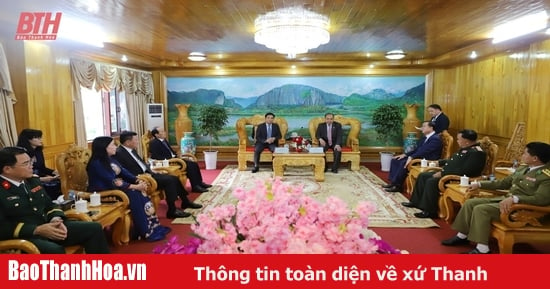
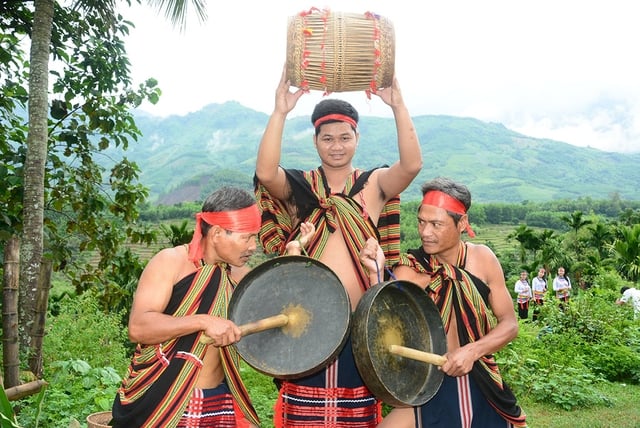




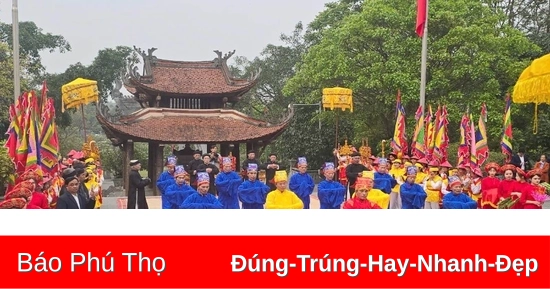
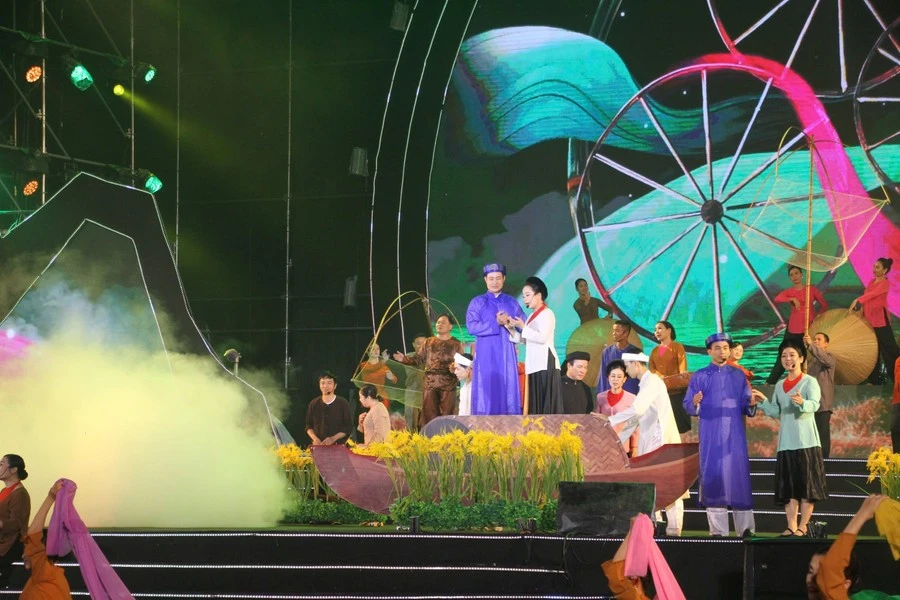

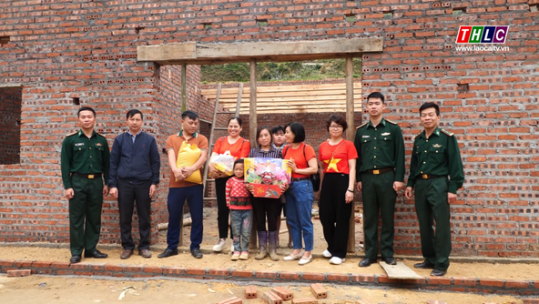
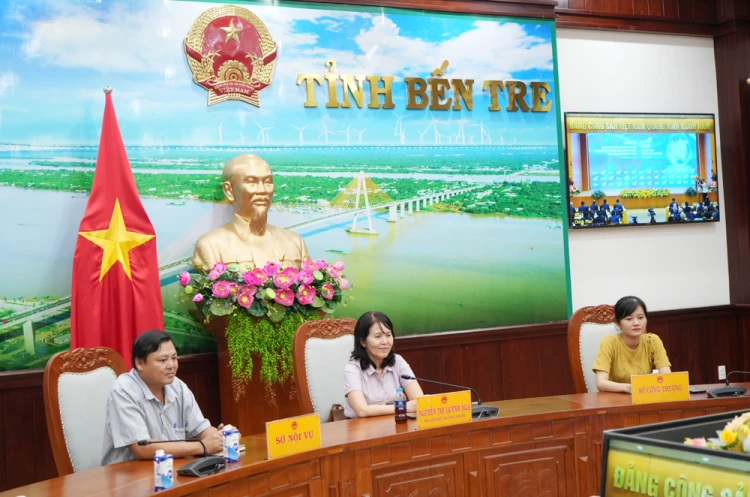
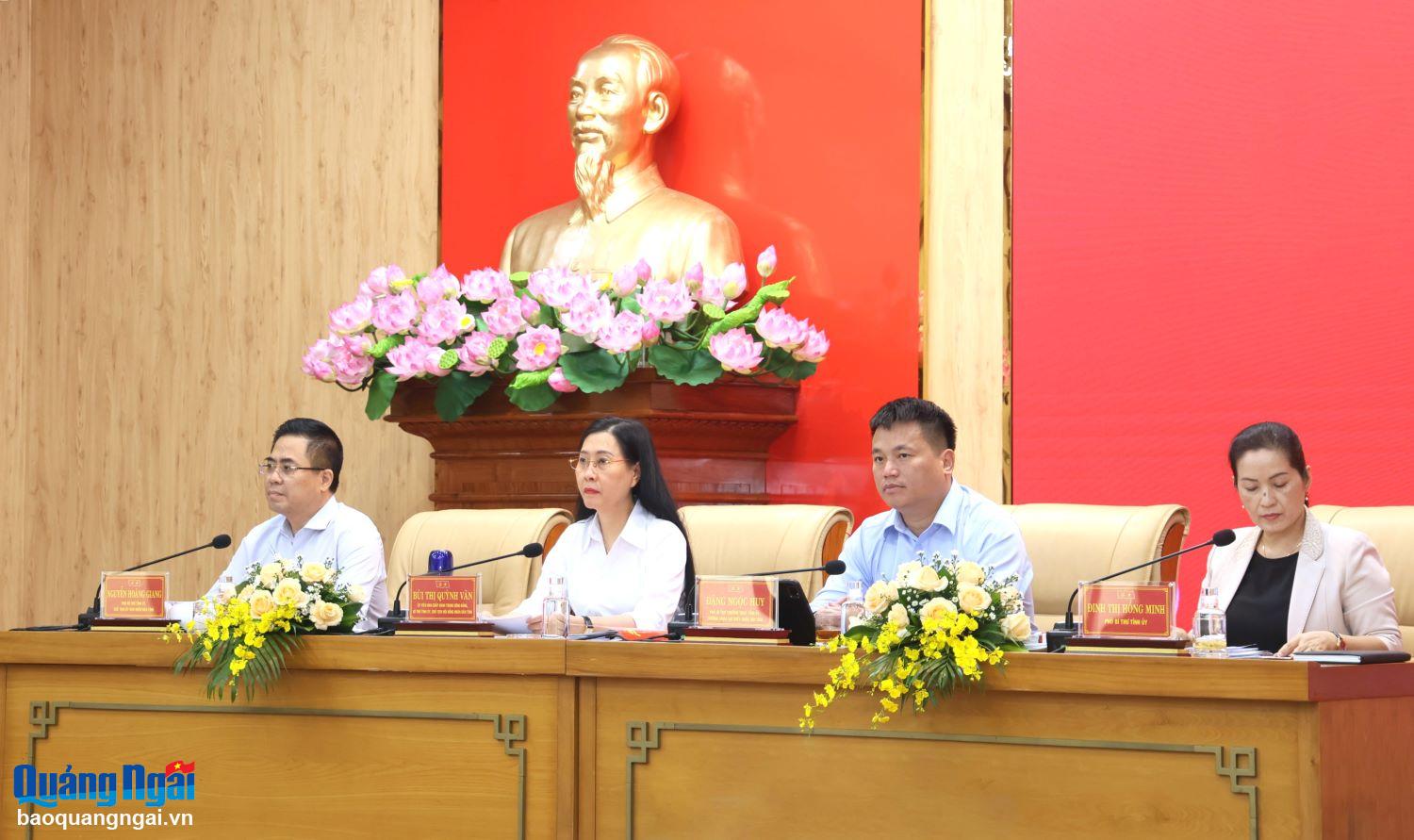
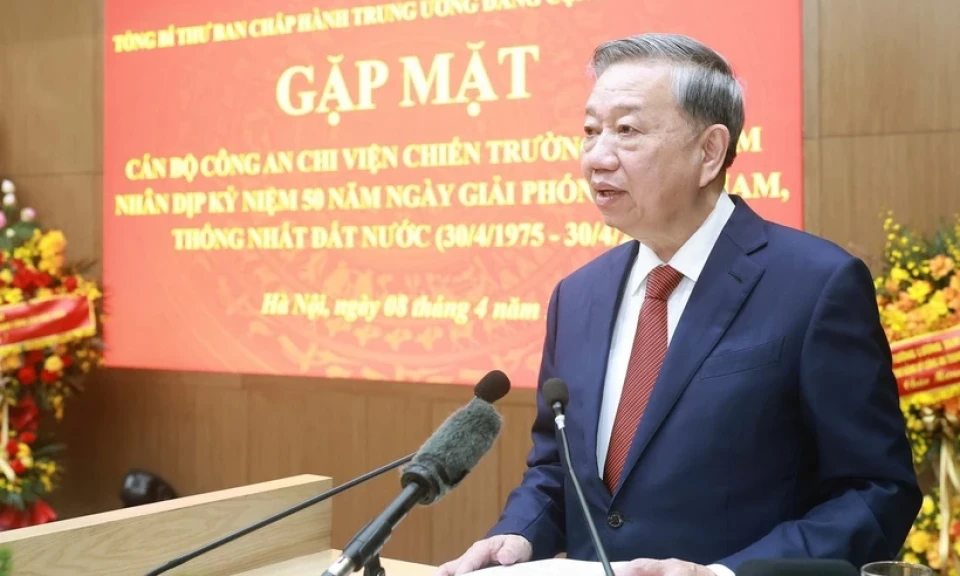

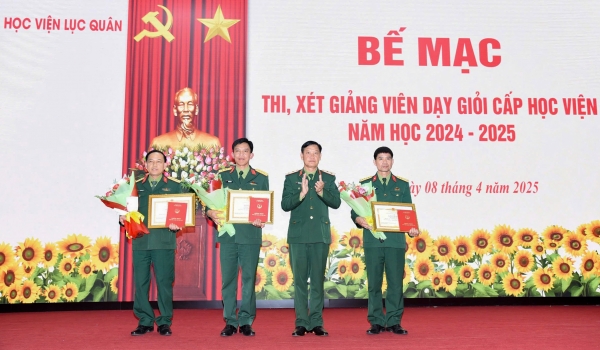

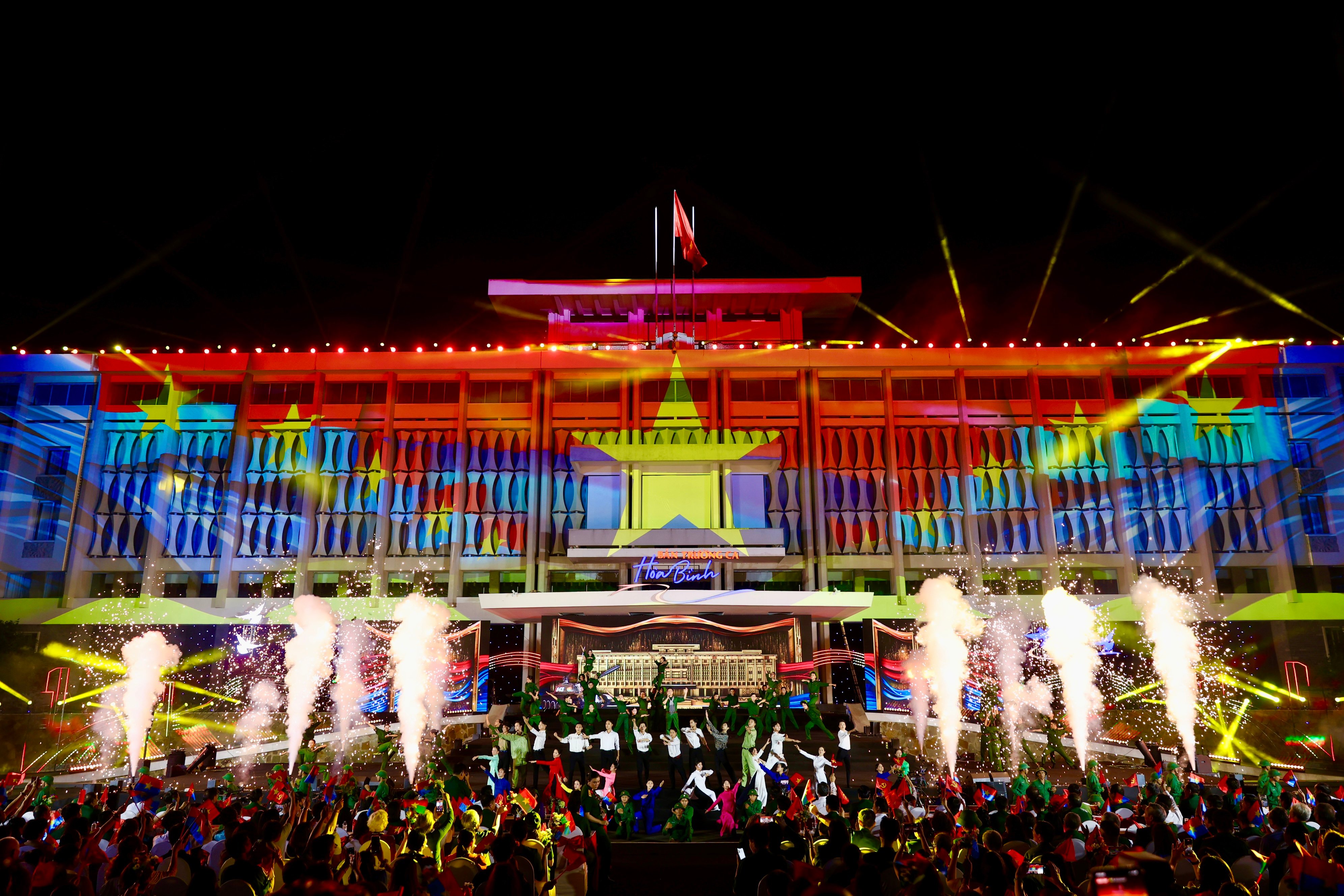
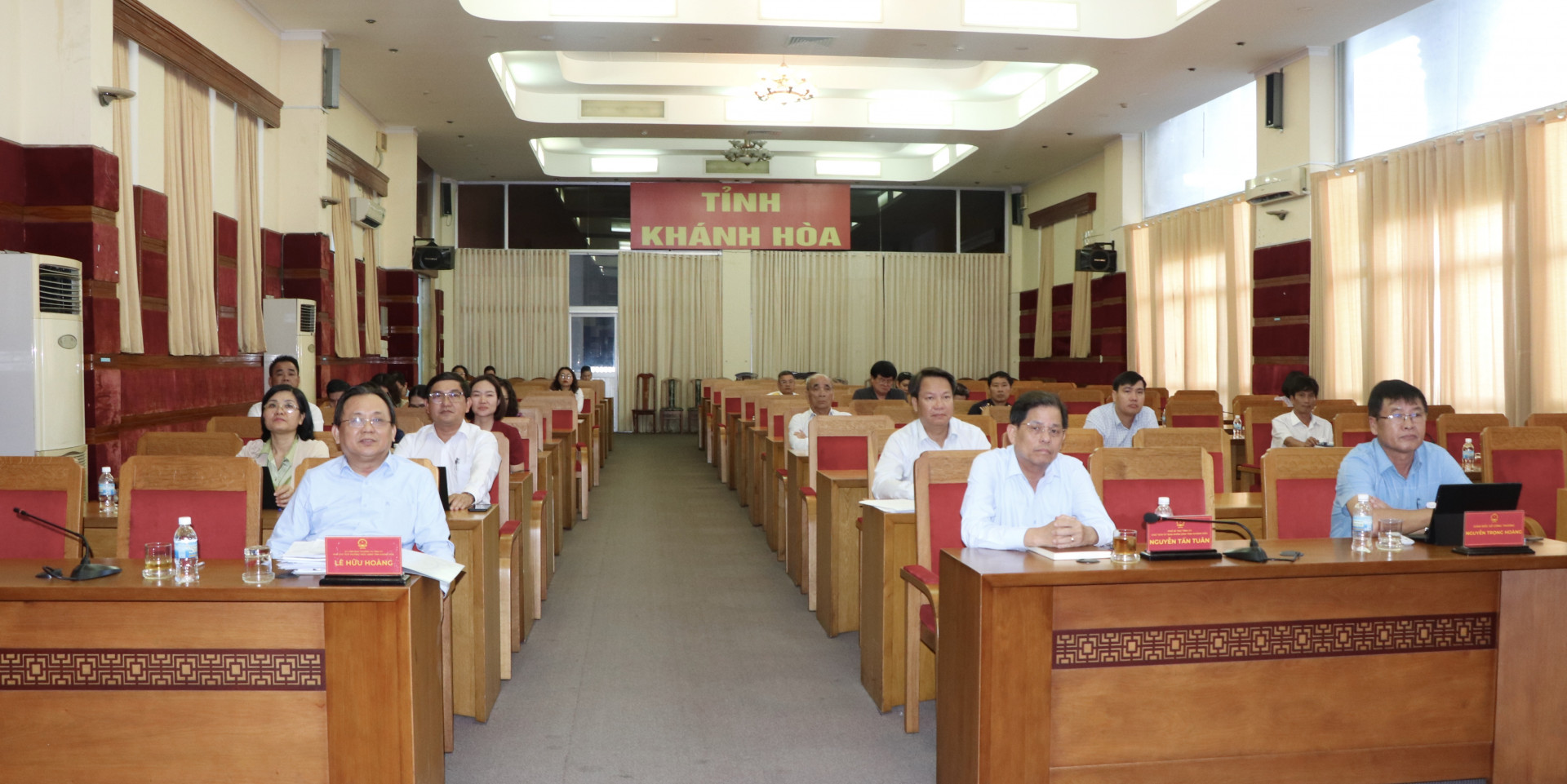
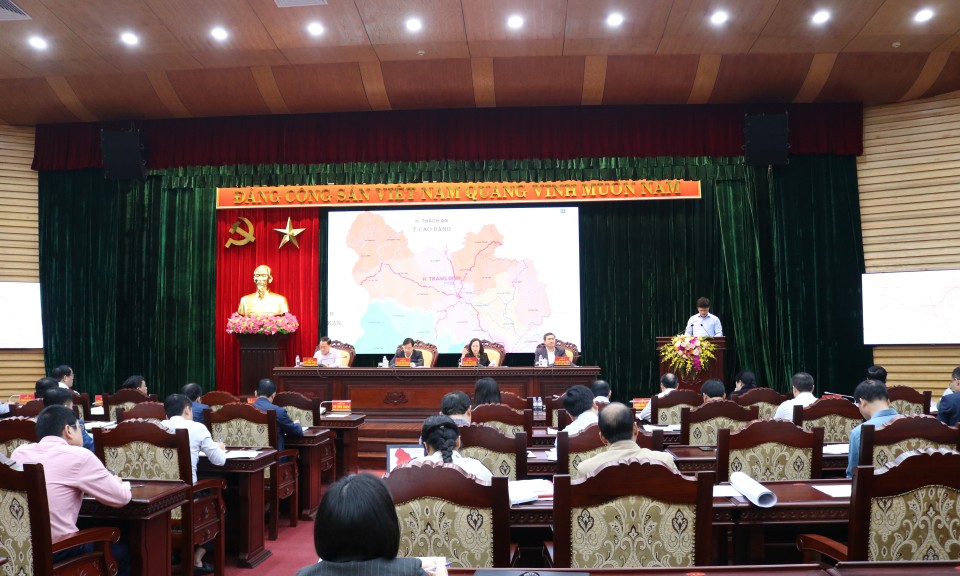
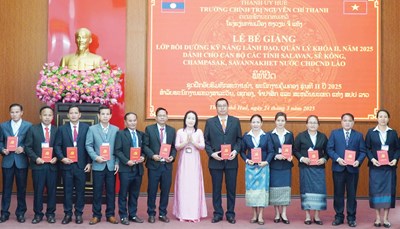
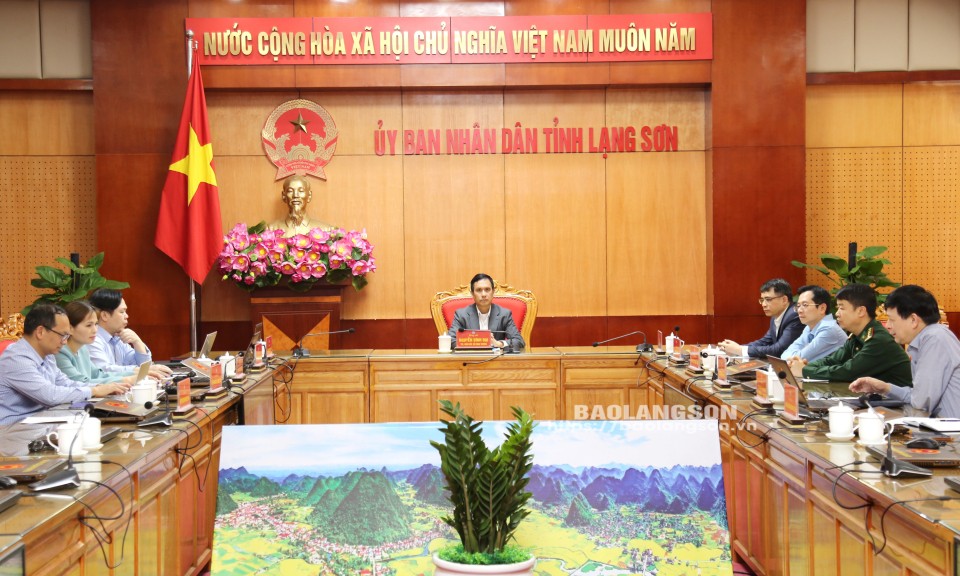
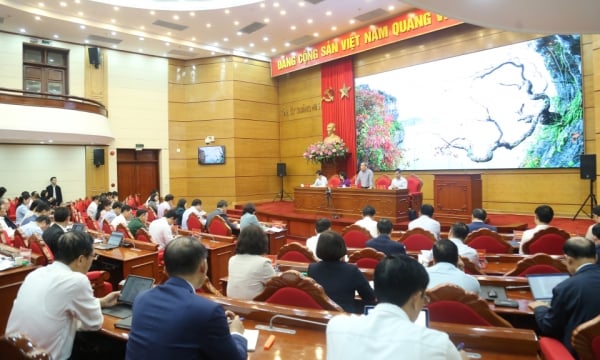


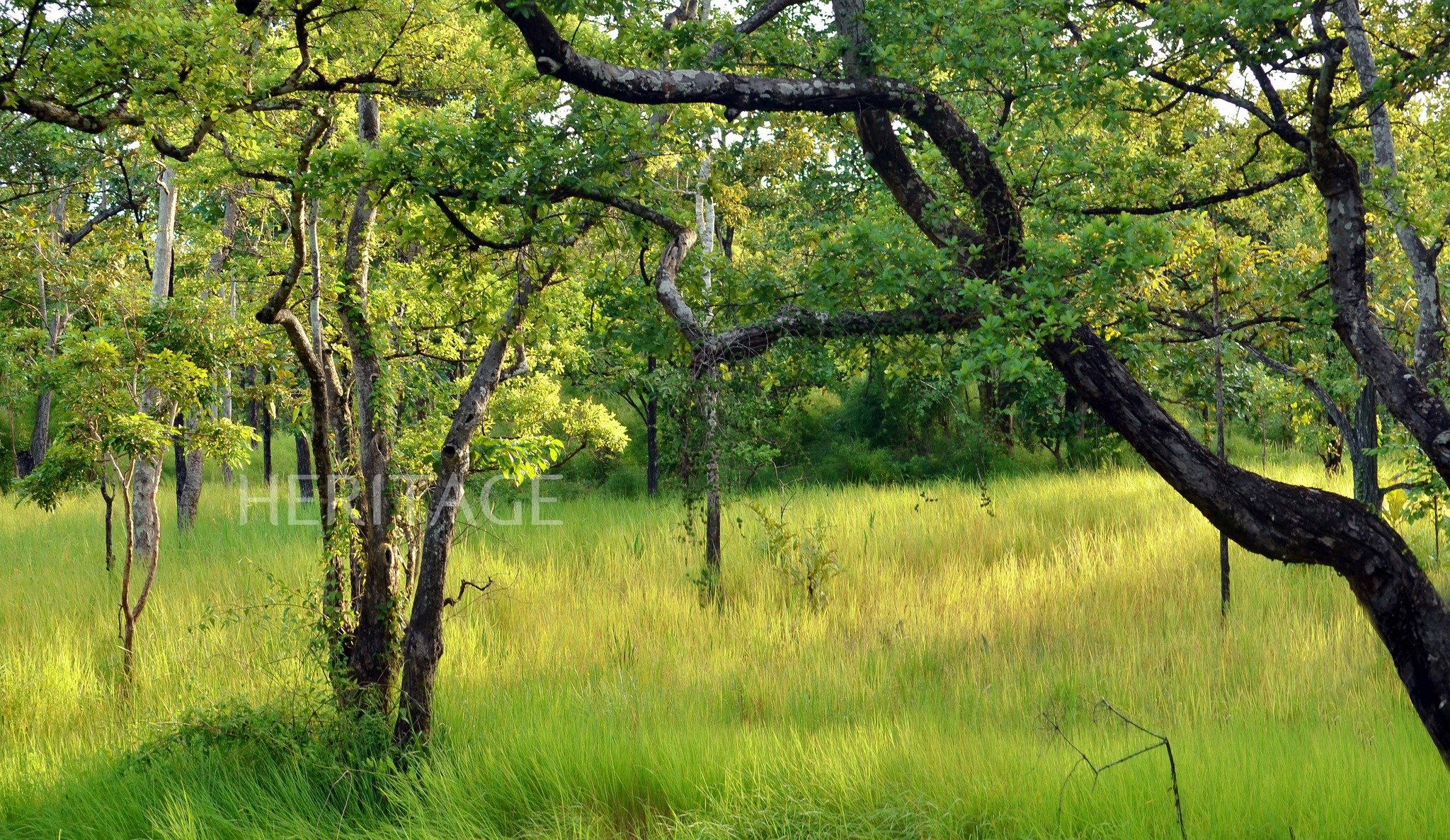
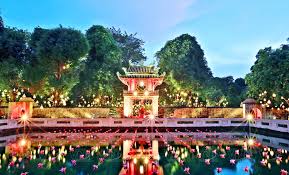

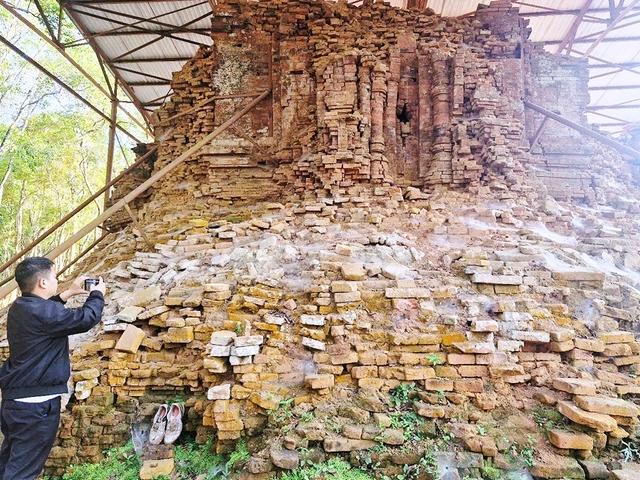


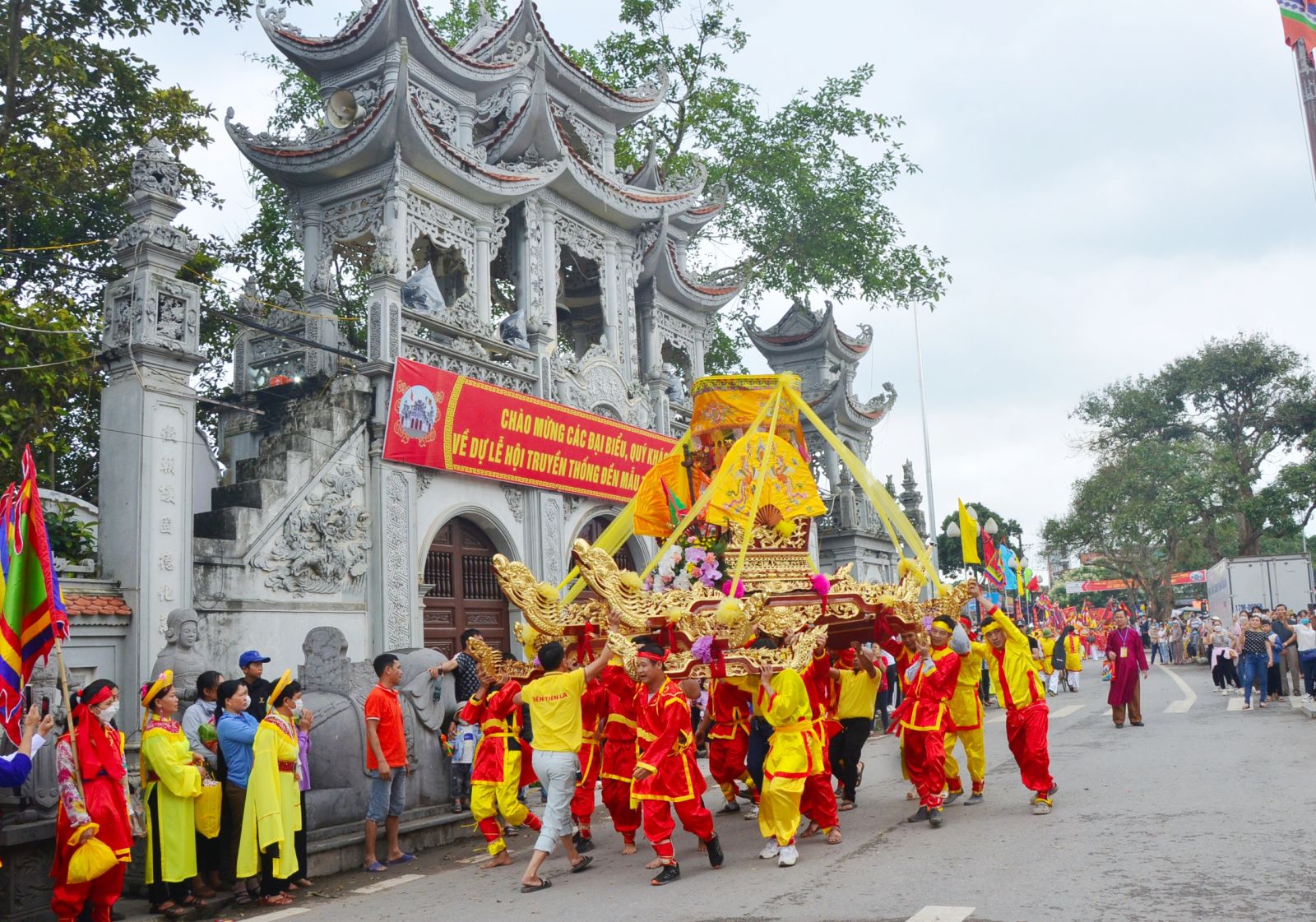






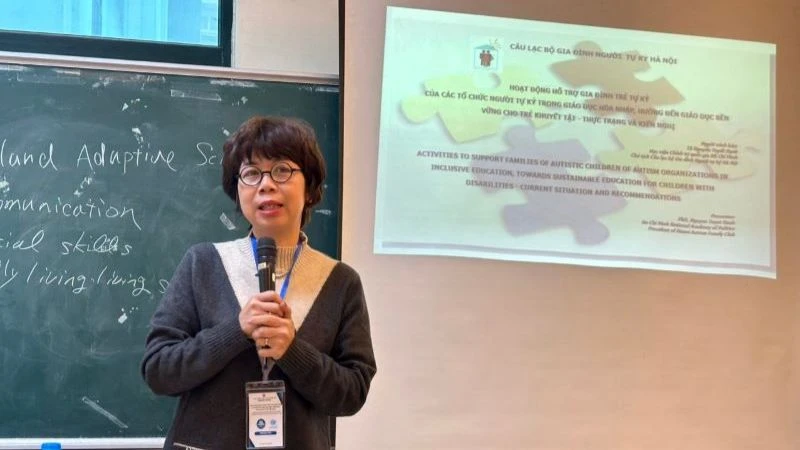



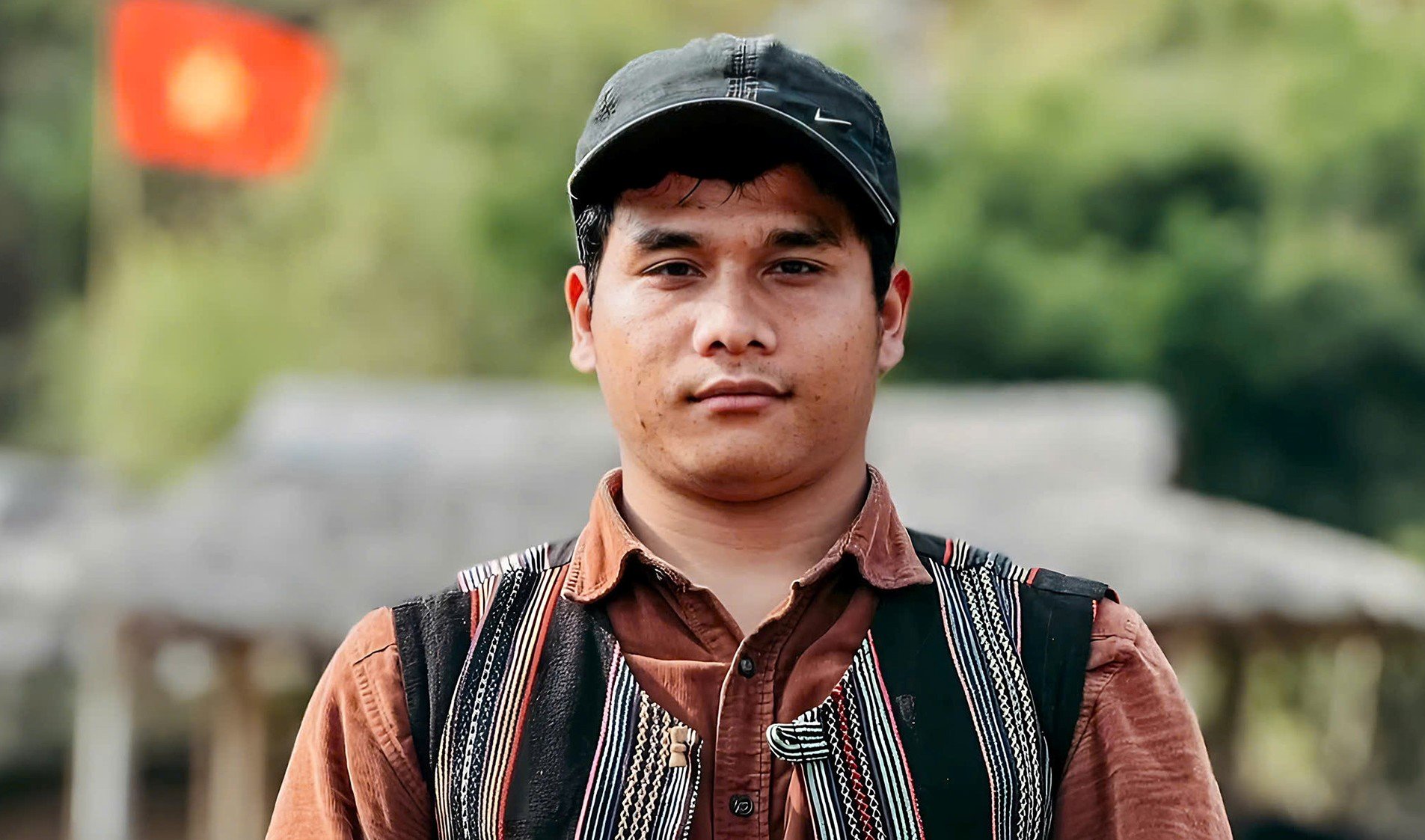

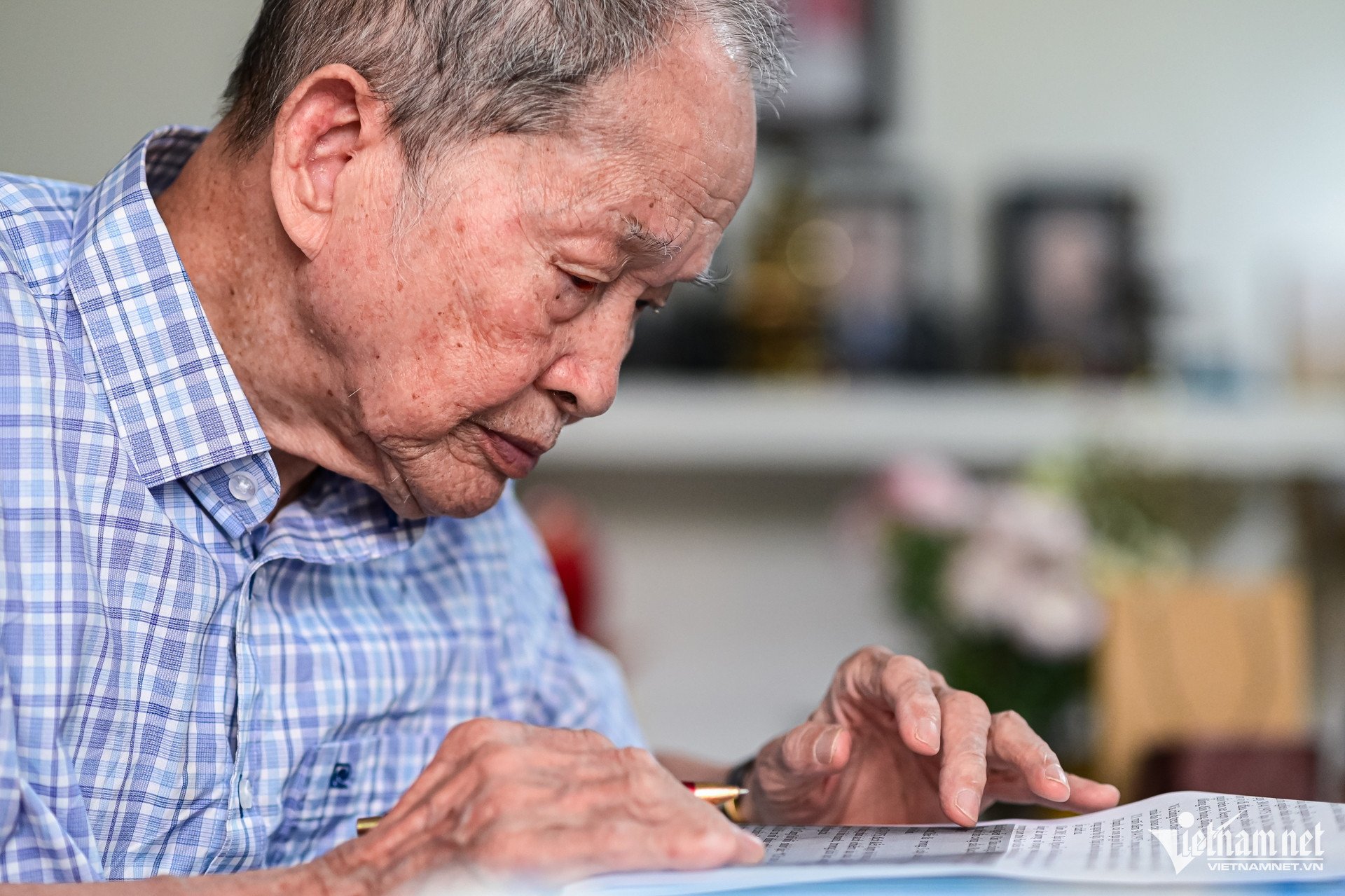
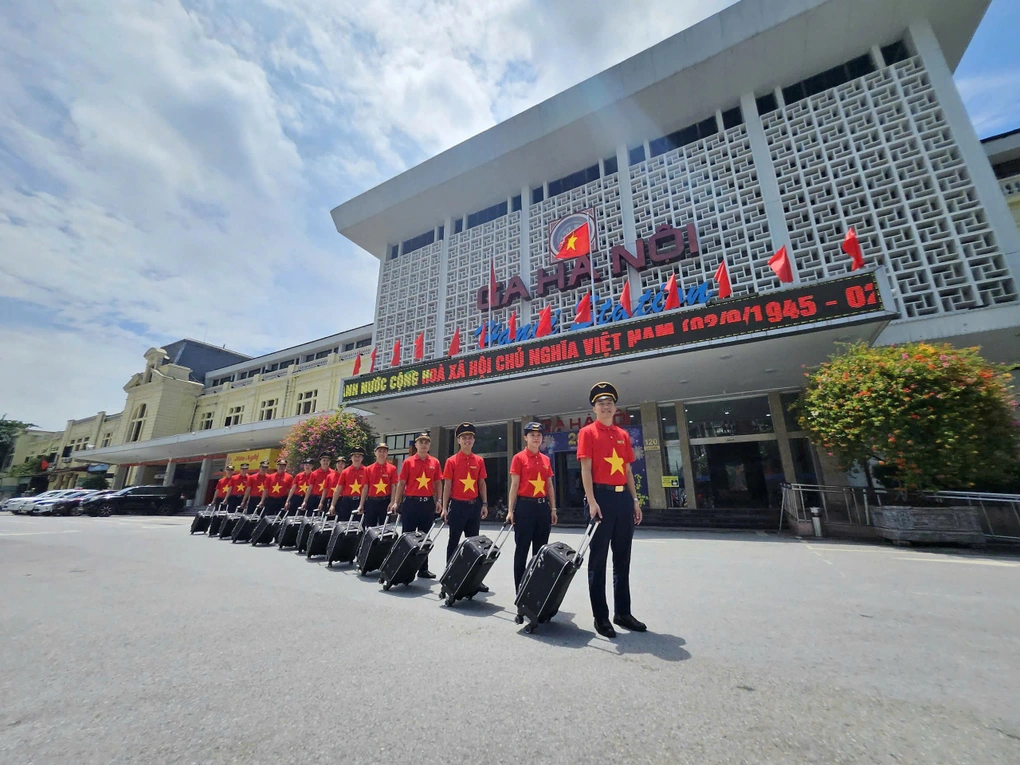




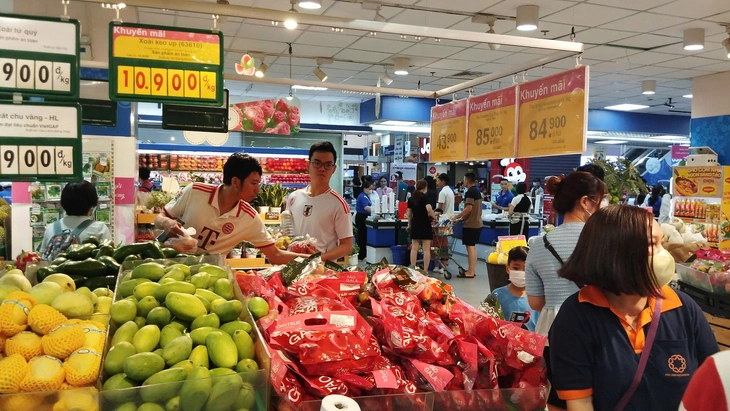



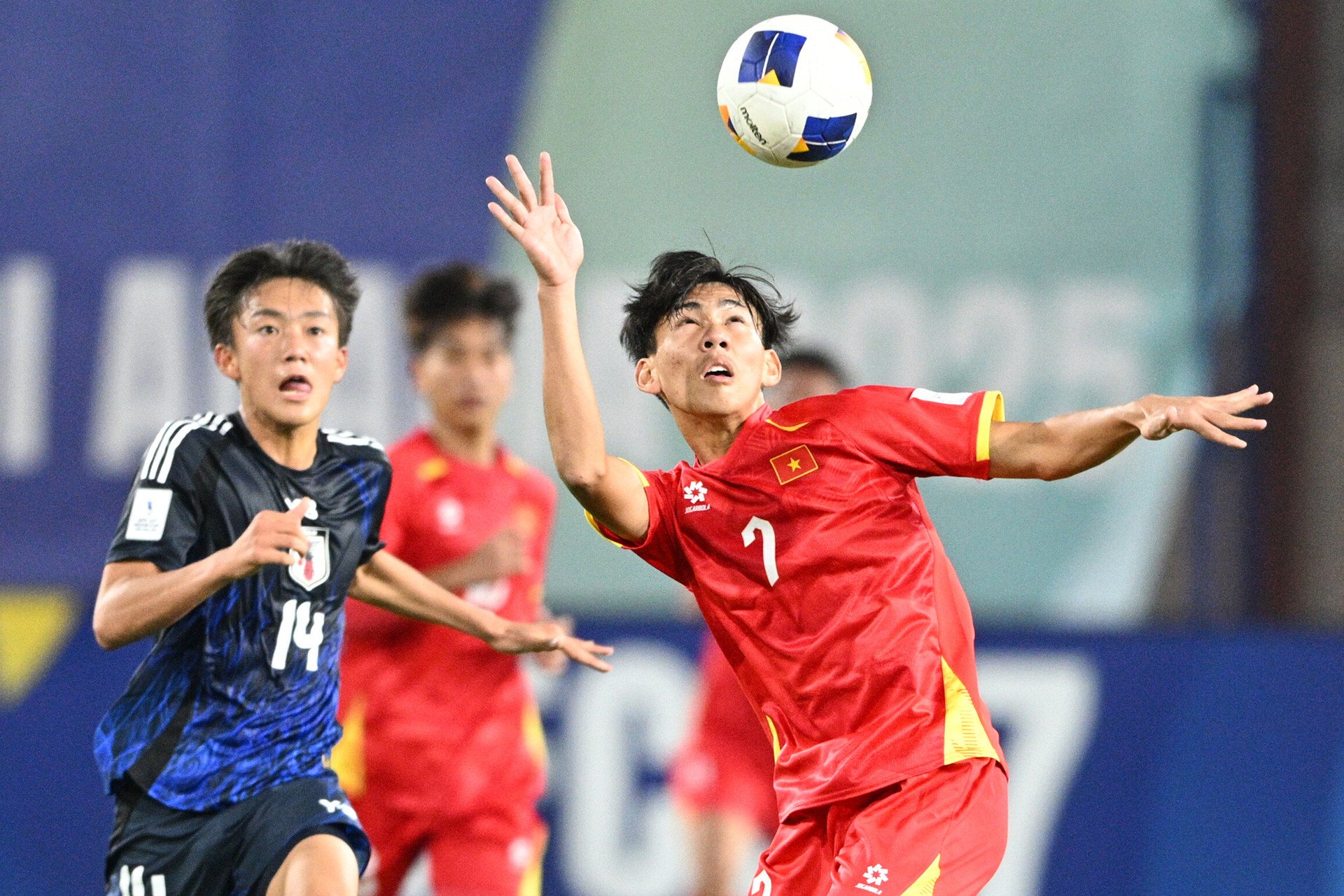
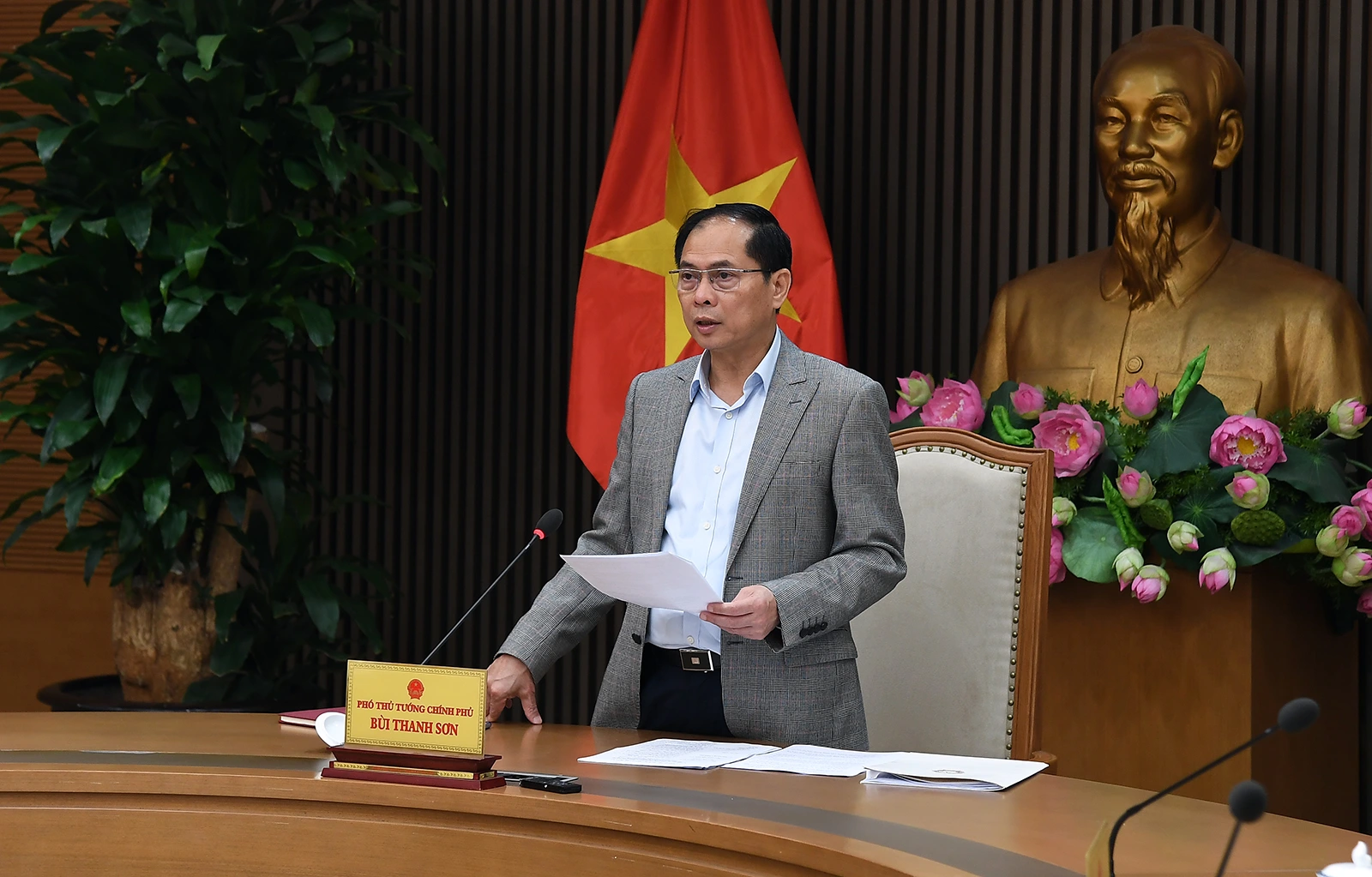













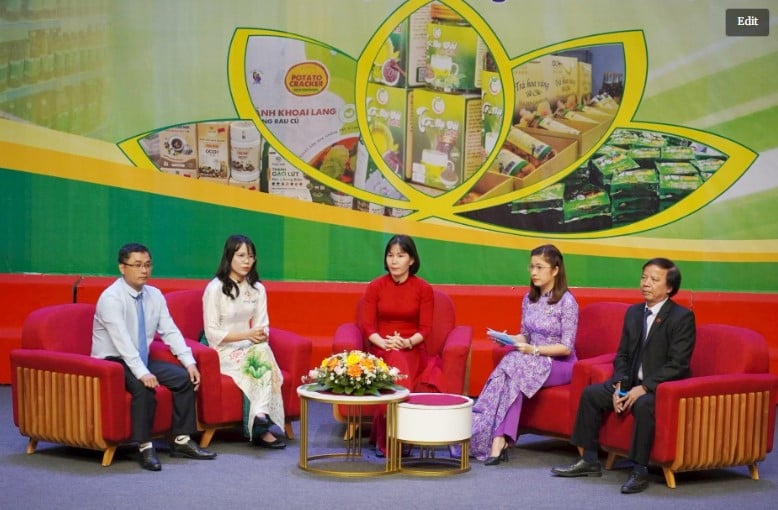

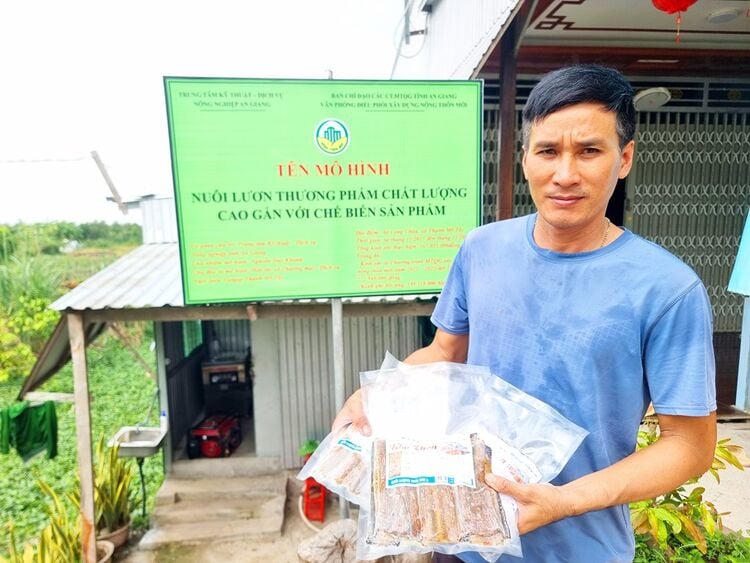
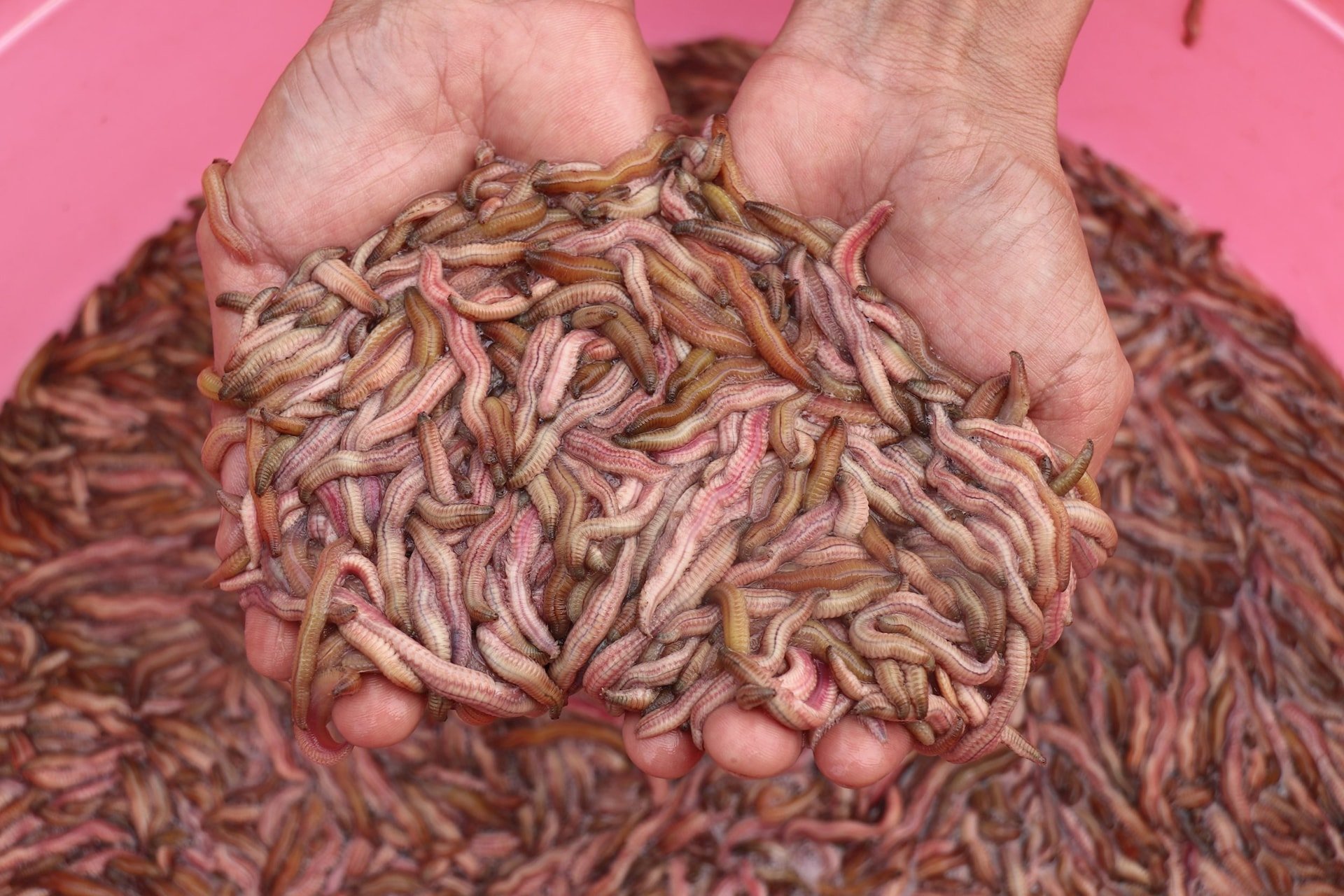
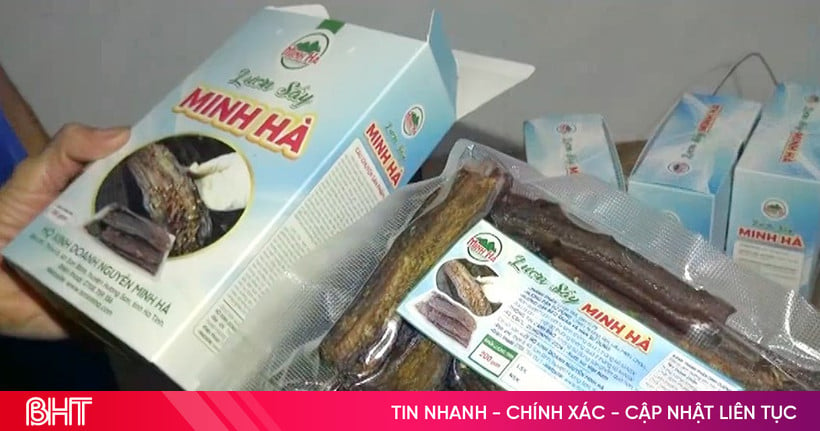

Comment (0)